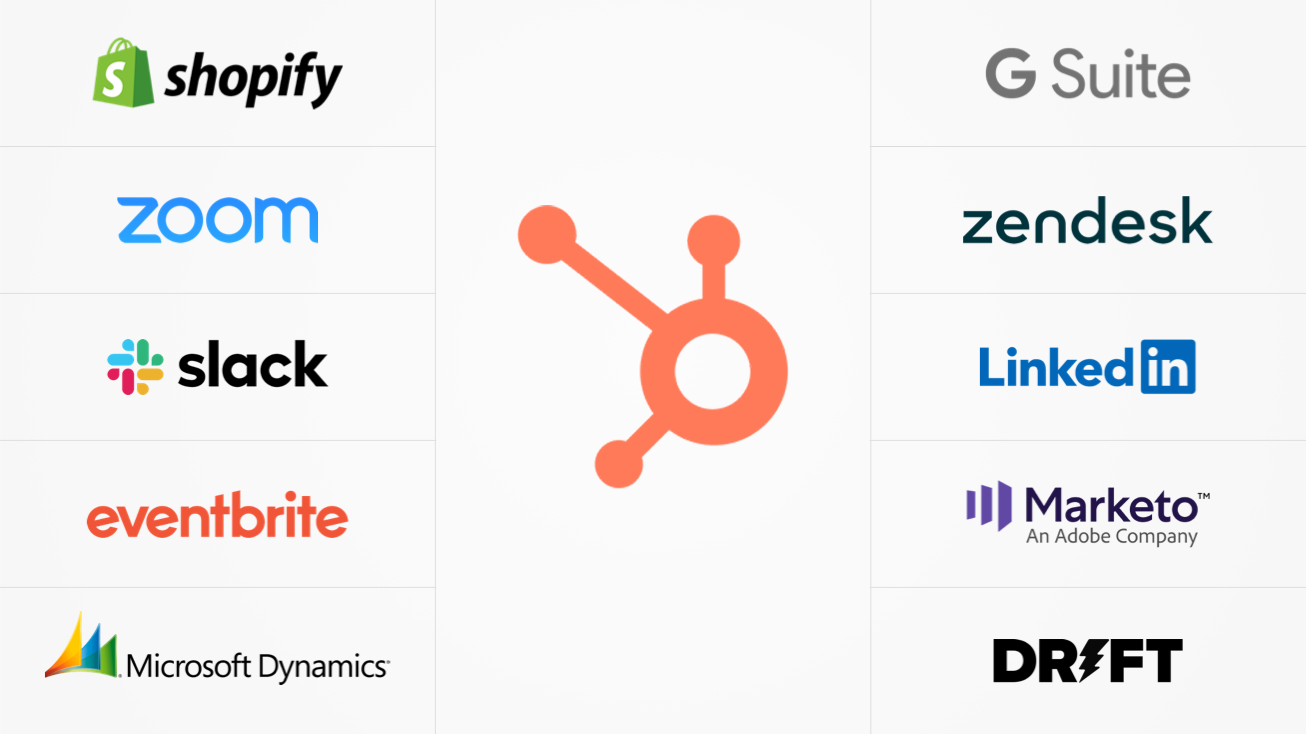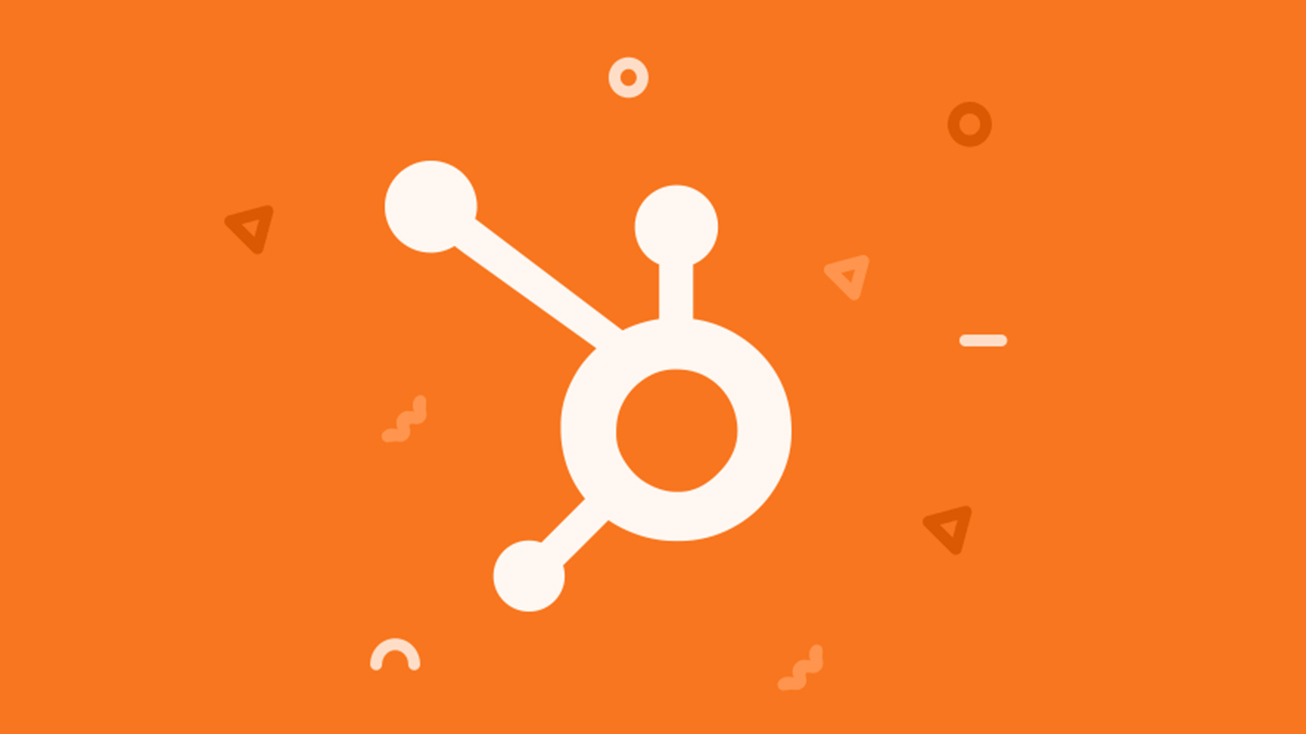If you’ve ever worked in HubSpot before, you’ve probably worked with integrations.
Whether you’re taking a good long look at your current integrations to see where to improve and consolidate—or you’re looking to make your very first connections—it’s good to have a helping hand.
Here’s a look at the basics of what you need to know to cross those wires correctly and get your HubSpot integrations up and running smoothly.
HubSpot Integrations 101
Just earlier this year, HubSpot announced they’ve officially hit 1,000 integrations available in the App Marketplace, essentially doubling the number of available integrations in just two short years.
That’s a whole lot of code. Must be pretty important, right?
Well, yes, actually. For marketers, HubSpot integrations have become something of a skeleton key for any potential marketing technology problem:
- Do you need to get your marketing and sales teams on the same page, even if they’re working in different CRMs? There’s an integration for that.
- Want to pull disparate reporting numbers into one consolidated place? Welcome to integration city.
- Looking for a way to connect your ABM customer org charts with your customer personas? All signs point to integration.
But as useful as HubSpot integrations may be, it’s not all just pushing buttons and hooking up connecting cables.
How do HubSpot integrations work?
Do you know how sometimes you need to pull data from one platform into another (for reporting, building workflows, etc.)? That can be pretty tedious, right?
HubSpot integrations exist to simplify and automate that process. Connecting your HubSpot account directly to your chosen application allows you to grab all that data automatically and in one easy spot.
Because these integrations are built on APIs, your HubSpot account and your integrated software can talk to one another by sending and receiving data in real-time. That means less time spent manually pushing data from one platform to another.
How do I install a HubSpot integration?
Generally speaking, integrating your chosen app into HubSpot is supposed to be pretty easy.
Here’s a quick rundown on the steps for setting up a HubSpot integration:
- Find your app on the App Marketplace
- Check the app’s “Requirements” and any other meaningful info to ensure it will integrate with your HubSpot account level.
- Pick your price. Not all apps are exclusively offered for free; check to see if a higher subscription level is right for you.
- Install. Most apps have their own connection flow, which may include their third-party login. If you can’t install due to permission level, hit “Request Install” and have an Administrator lend a hand.
If your app includes workflow functionalities, you can also now add it to your HubSpot workflows. Just hit the plus “+” icon when adding a workflow action; if installed correctly, your app should be there.
What are the main benefits of HubSpot Integrations?
The biggest benefit of HubSpot integrations is, obviously, time savings—time that would otherwise be spent manually pushing data from one platform to another.
Not only is this a real drain on effort that should otherwise be put toward…you know… actually marketing your business, but it makes all your software less efficient and introduces room for human error.
What’s more, adding these connections between your platforms will actually make your entire MarTech stack more efficient and more effective.
1. Consolidate and streamline your marketing technology stack
By connecting your various marketing technologies with HubSpot, your team can actually make a stack with a whole greater than the sum of its parts.
For instance: when you allow HubSpot to talk with your sales platform, you combine the benefits of each into one unified workflow.
High-value leads identified through HubSpot can be quickly integrated into your sales process through your sales platform, adding to the overall efficacy of both technologies in the process.
That means fewer missed opportunities and faster response time when a great new customer or opportunity pops up.
2. Help your data sources talk to each other
Wish there were a better, faster way to pull all your reporting data together to tell a bigger story?
By integrating your marketing technologies with HubSpot, you can more easily consolidate that critical information and paint a broader, more inclusive picture.
For example, syncing data between your sales platform and HubSpot can help your marketing team identify and follow up with sales leads who may not have gone through your marketing process.
This benefits both your sales team—who now have a customer integrated into solid nurturing campaigns—and your marketing team, who can better identify those gaps and opportunities in their process.
3. Break down barriers between teams & processes
Sometimes, the biggest obstacles to optimal performance aren’t the technology at all—it’s disparate teams operating in their own workflows without much meaningful cooperation along the way.
By integrating your sales, reporting, invoice, and project management workflows within one HubSpot account, you can create a more collaborative, holistic tech environment for all your teams to collaborate.
Not only does this make your processes more effective, but it may also help bolster your team’s sense of unity. What better way to keep everyone moving in the same direction?
Crucial HubSpot integrations to maximize your marketing capabilities
Not sure where to start with HubSpot integrations? Chances are, there’s already one out there that can fill a crucial need for your business.
Whether you’re connecting your sales and marketing teams or looking for an easier way to report progress and manage projects, there’s a HubSpot integration out there for you.
Sales Integrations
The dotted line between sales and marketing can, for some teams, feel remarkably porous. We see way too many businesses losing sight of great leads simply because there’s not enough cohesion between their technologies.
With a sales-focused HubSpot integration, you can ensure your marketing workflows and automation are talking directly with your sales tech—and your teams will feel the impact.
Project Management Integrations
HubSpot has a pretty extensive list of project management integrations, all designed to connect your favorite PM software directly into your HubSpot workflows.
Reporting & Analytics Integrations
Even at its best, Google Analytics can only take you so far—and along with the changes coming with Google Analytics 4, keeping a close watch on your data is now more important than ever,
Integrating your data and analytics software directly with HubSpot allows you to keep better and more comprehensive tabs on all your most important reporting needs.
Digital Events Integrations
Hosting a webinar? Driving signups for a virtual gathering or event? You need a plan for collecting all that valuable data—and using it effectively once you’ve got it.
With a digital events integration connecting your platform with HubSpot, you can capture the most data possible from your attendees. Plus, you can seamlessly enroll them in workflows and marketing workflows based on their signup or attendance.
Email Marketing Integrations
Synchronizing your email marketing contacts and activity between your email marketing client and marketing tech has, historically, been harder than you might first imagine. With so many changes in the world of email marketing, this task has been especially difficult.
That’s where email marketing HubSpot integrations can play a big role, helping to push as much of that useful and reliable data as possible straight into your HubSpot data so you can see which emails are landing best with your recipients.
Diving into “DataSync” for consistency in customer data
One of the most exciting recent additions to HubSpot’s integrations capabilities has been their acquisition of PieSync (now called DataSync)—a crucial tool for helping to synchronize your customer data from across your entire tech stack.
Hubspot’s new DataSync seamless add all the benefits of a custom-built connector (including two-way sync, filtering, custom field mappings, and historical syncing) all in a single a code-free, easy-to-use package.
Having PieSync (now DataSync) integrated directly within the HubSpot portal makes keeping all that valuable customer data consistent and clean really easy. It’s pretty cool technology and a great addition to your HubSpot integrations stack.
In addition to a bunch of the integrations mentioned above, here are just a few of the tools and integrations that can also be added with DataSync:
Don’t leave your tech on an island. HubSpot Integrations help get that crucial data flowing.
There may be plenty of available HubSpot integrations to choose from, and there’s probably one for filling just about any gap you may have in your marketing, sales, and project management workflow.
But getting exactly the right one up and running? That can still be a little tricky. Take our word for it—we’re experts at this sort of thing.
If you’re unsure where to start your next (or first) integration, we recommend you take the time and do your research. If you still need a hand after that, feel free to shoot us a message. We’ll be happy to help get your integrations up and running.





